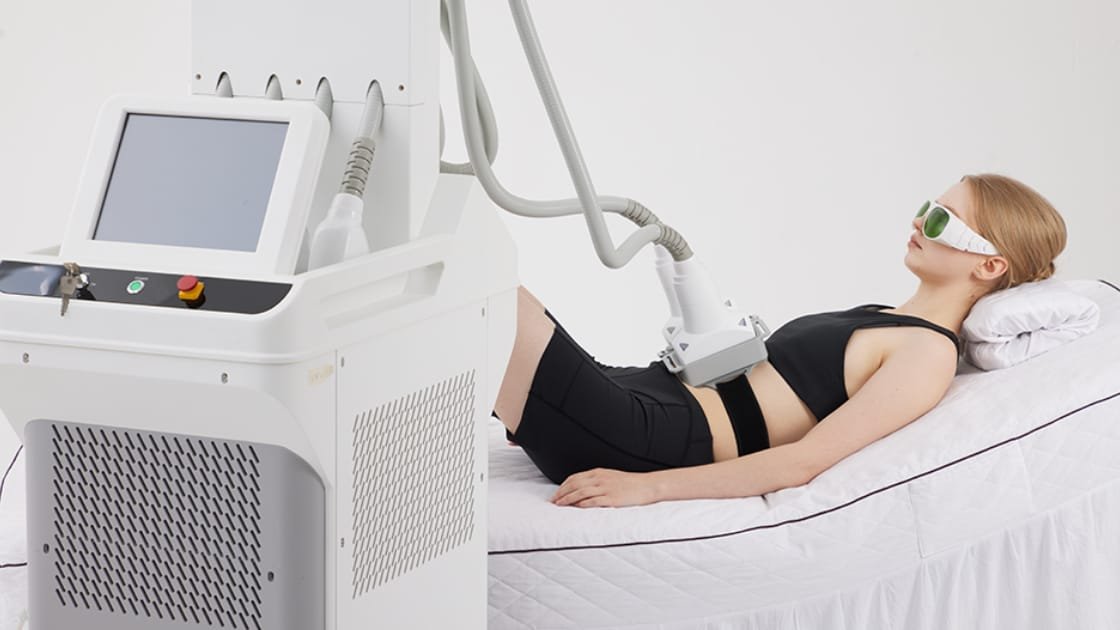When it comes to effective hair removal, two popular methods stand out: laser hair removal and electrolysis. Understanding their differences can help you choose the best option for your needs. This article examines each method, highlighting the distinctions between these two types to assist you in making an informed choice.
Is Laser Hair Removal the Same as Electrolysis?
Laser hair removal and electrolysis aim to eliminate unwanted hair but use different technologies. Electrolysis involves inserting a fine needle into each hair follicle and applying an electrical current to destroy the follicle’s ability to grow hair. This method works for all skin types and hair colors but can be time-consuming.
In contrast, laser hair removal uses a concentrated beam of light to target the pigment in hair follicles. This process allows for faster treatment, making it ideal for larger areas. Systems like the Artemis diode laser provide impressive results in a fraction of the time required by electrolysis.
Electrolysis has long served as a trusted hair removal method. It requires precision, as each follicle gets treated individually. Sessions often last from 15 minutes to over an hour, depending on the area. While electrolysis can provide permanent results, the process may feel tedious, especially for larger areas such as the legs or back.
Laser hair removal, particularly with the Artemis diode laser system, has transformed the hair removal landscape. This advanced method uses focused light energy to effectively target and damage hair follicles, significantly reducing hair growth. The Artemis diode laser allows for quick treatments—often completed in as little as 30 minutes for larger areas.
This system accommodates various skin tones and hair types, making it a suitable choice for many patients. Users often report a comfortable experience since the Artemis diode laser minimizes discomfort compared to traditional methods.
Electrolysis vs. Laser Hair Removal: A Side-by-Side Comparison
Treatment Length:
Electrolysis sessions can take longer because each hair follicle receives individual treatment. In contrast, sessions with the Artemis diode laser finish quickly, making it a great option for busy individuals.
Aftercare:
After electrolysis, the treated area may appear red and slightly swollen. Gentle care and soothing creams help during recovery. With laser hair removal, patients may experience mild redness that usually subsides quickly. Post-treatment, sun protection is essential for a few weeks to ensure optimal results.
Results:
Electrolysis is often considered a permanent solution, but it requires multiple sessions for the best outcomes. Laser hair removal, especially with the Artemis diode laser, delivers significant hair reduction with fewer sessions. Many patients enjoy long-lasting smoothness and need only occasional touch-ups.
Cost:
Electrolysis can become expensive due to its intensive nature and the number of sessions required. In contrast, laser hair removal generally has a lower per-session cost, especially with the Artemis diode laser, making it more economical for larger areas.
Which is Better: Electrolysis or Laser Hair Removal?
Choosing between electrolysis and laser hair removal depends on your individual needs. If you seek a permanent solution for smaller areas, electrolysis may suit you. However, if you prefer a quicker, more comfortable process for larger areas, the Artemis diode laser hair removal system is likely your best option.
In summary, seek advice from a qualified professional to identify the optimal method tailored to your skin type, hair color, and individual objectives. However, consider the superior option: the Artemis diode laser hair removal system. It provides a fast, efficient, and versatile solution for effective hair removal. Embrace this advanced technology to attain the smooth, hair-free skin you desire!








